Persuading a variegated to bloom/Ethylene promoting growth
fortyseven_gw
10 years ago
Related Stories

GARDENING GUIDESWe Bust 4 More Native Plant Myths
Have you been taken in by these fallacies about gardening with native plants?
Full Story
HOUSEPLANTSHow to Grow Orchids Indoors
Orchids are the exotic aristocrats of the flower world and can make themselves comfortable in almost any home
Full Story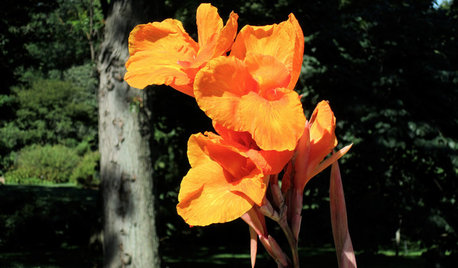
GARDENING GUIDESGreat Design Plant: Canna 'Pretoria'
Plant this showstopping lily in your garden now for the lush feel of a tropical landscape all summer long
Full Story
GARDENING GUIDESWhat Kind of Roses Should You Grow?
Want to add the beauty of roses to your garden? Find out which ones, from old-fashioned to modern, are right for you
Full Story
GARDENING FOR BUTTERFLIES3 Ways Native Plants Make Gardening So Much Better
You probably know about the lower maintenance. But native plants' other benefits go far beyond a little less watering and weeding
Full Story
GARDENING GUIDESMake Sure You Read This Before Buying New Plants
Follow these 10 plant-selection tips to avoid buyer’s remorse
Full Story
GARDENING GUIDESGarden-Friendly Native Alternatives to Overplanted Exotics
There are lots of gorgeous, wildlife-friendly native plants ready to make an appearance in your garden
Full Story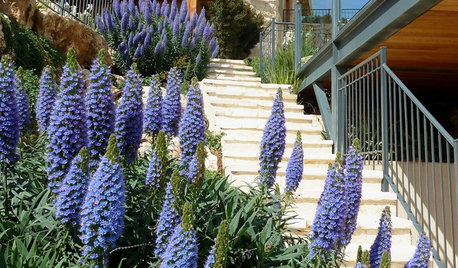
GARDENING GUIDESGreat Design Plant: Pride of Madeira
Try this drought-tolerant stunner for its massive flower spikes that burst with purple, drawing butterflies and birds to the garden
Full Story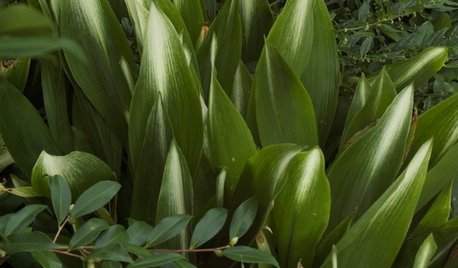
LANDSCAPE DESIGN7 Evergreen Wonders of the Plant World
Year-round interest, structure and beautiful color? These top-notch evergreens have gardens covered
Full StoryMore Discussions






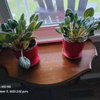
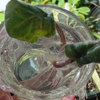
irina_co
Whitelacey
Related Professionals
70037 Landscape Architects & Landscape Designers · Clemson Landscape Architects & Landscape Designers · Montgomeryville Landscape Architects & Landscape Designers · Otsego Landscape Architects & Landscape Designers · Redondo Beach Landscape Architects & Landscape Designers · Aurora Landscape Contractors · Manchester Landscape Contractors · Belvedere Park Landscape Contractors · Bowie Landscape Contractors · Middleton Landscape Contractors · North Ridgeville Landscape Contractors · Pine Hills Landscape Contractors · Roswell Landscape Contractors · Salmon Creek Landscape Contractors · West Allis Landscape Contractorsirina_co
fortyseven_gwOriginal Author
irina_co
fortyseven_gwOriginal Author
irina_co
fortyseven_gwOriginal Author
Whitelacey
fortyseven_gwOriginal Author